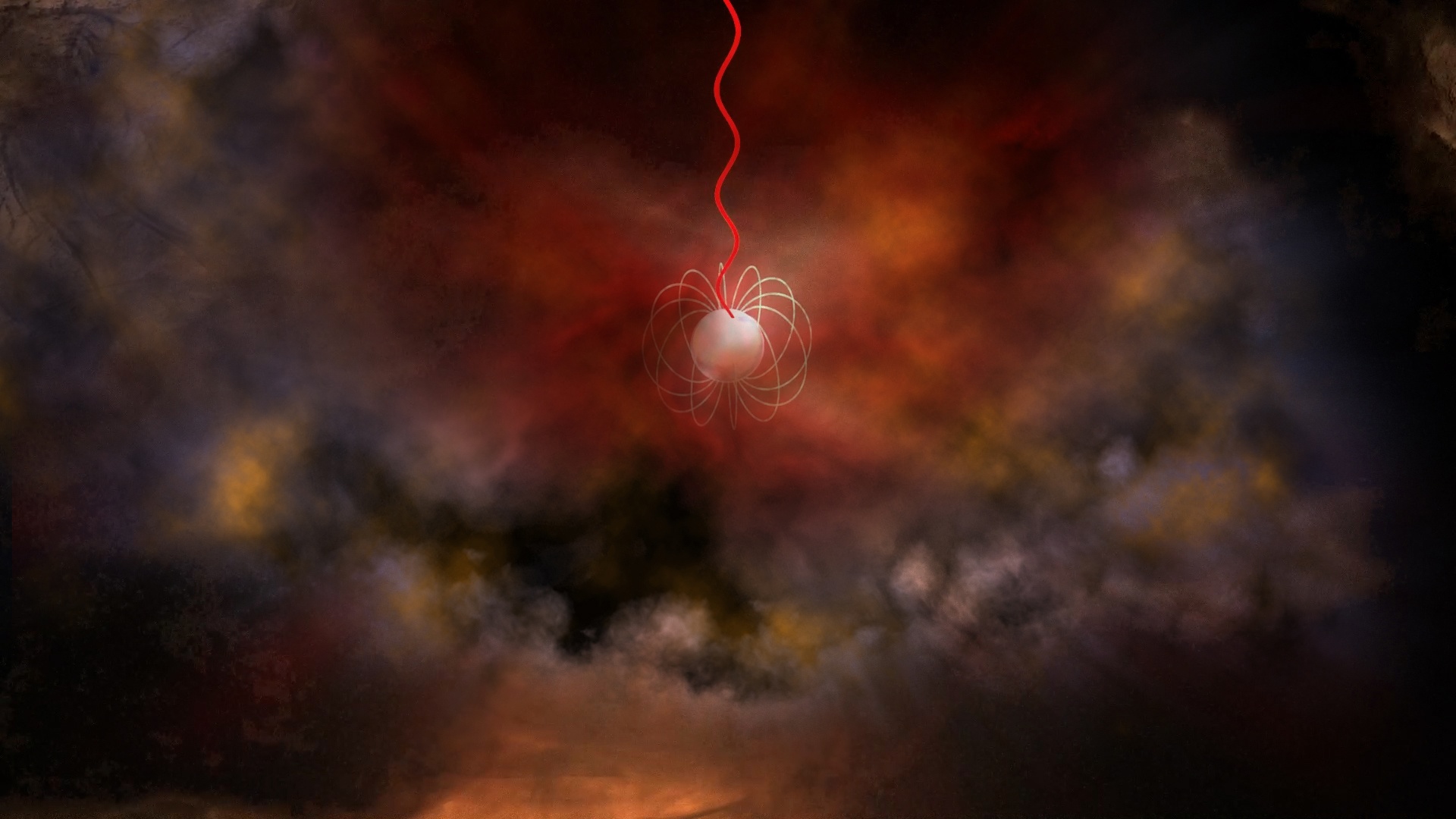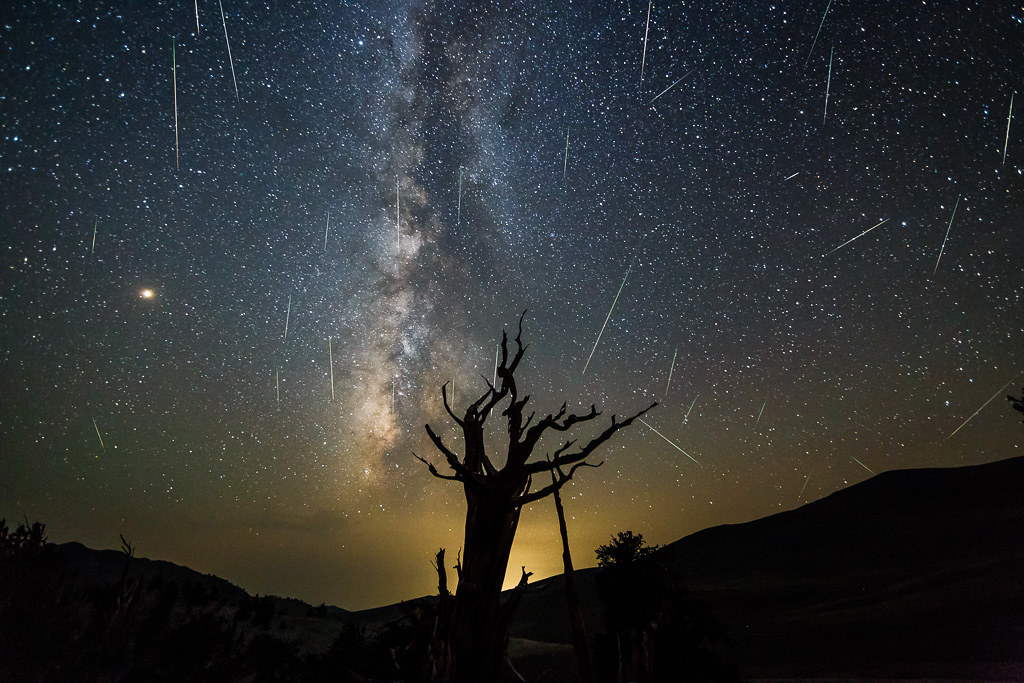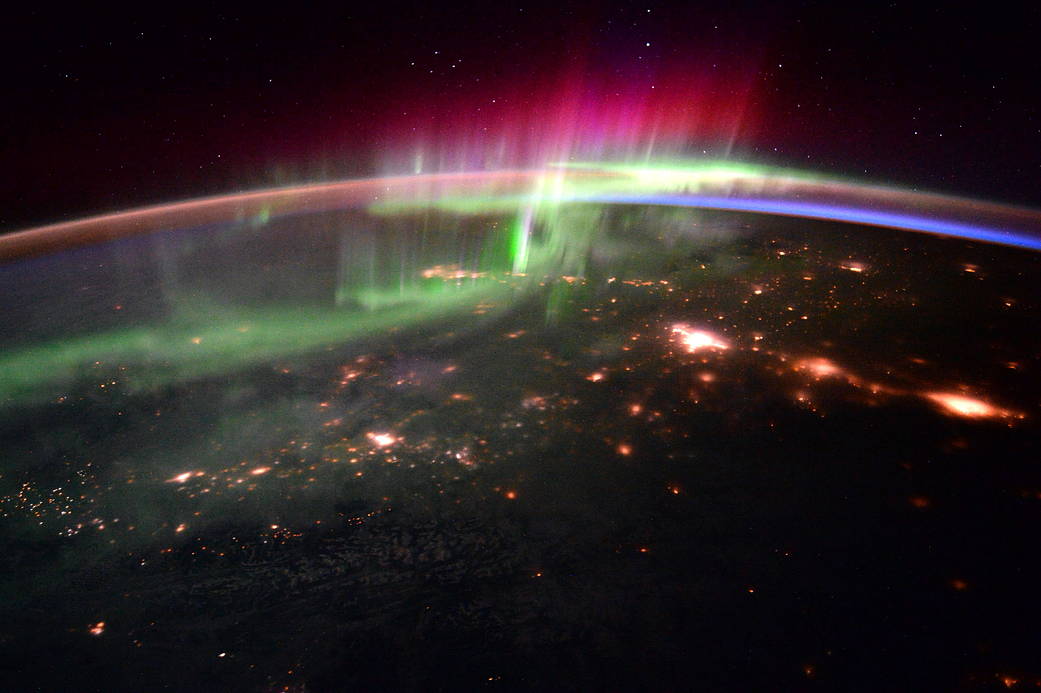It looks like South Korea just joined the most exclusive club on the planet! With the launch of its Korea Satellite Launch Vehicle II (KSLV-II aka. the “Nuri” rocket) on June 21st, the country became the latest nation to demonstrate its ability to build and launch its own rockets to space. This was the Nuri’s second launch attempt, which took place eight months after the first attempt failed to deliver a test satellite to orbit back. This time, the rocket managed to reach space and deliver a payload of satellites, making South Korea the eleventh nation to launch from its soil and the seventh to launch commercial satellites.
Continue reading “South Korea is now a Space-Faring Nation With the Orbital Launch of Their Homegrown Nuri Rocket”Samples of Asteroid Ryugu Contain More Than 20 Amino Acids
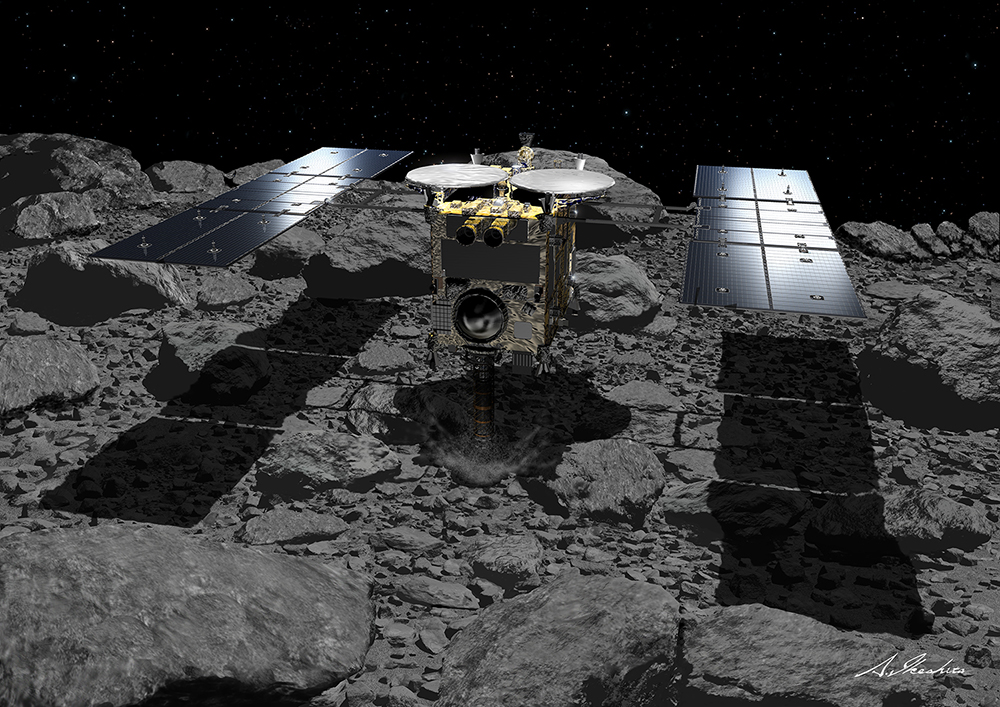
In 2014, the Japan Aerospace Exploration Agency (JAXA) dispatched its Hayabusa2 spacecraft to rendezvous with 162173 Ryugu, a Near-Earth Asteroid (NEA) that periodically passes close to Earth. In 2018, this sample-return mission reached Ryugu and spent the next year and a half studying its surface and obtaining samples from its surface and subsurface. By 2020, these samples made it back to Earth, where scientists began analyzing them in the hopes of learning more about the early history of the Solar System and answering key questions about the origins of life.
Earlier this year, the first results of the analysis showed that Ryugu is (as expected) rich in carbon, organic molecules, and volatiles (like water) and hinted at the possibility that it was once a comet. Based on a more recent analysis, eight teams of Japanese researchers (including one from JAXA) recently announced that Ryugu carries strains of no less than 20 different amino acids -the building blocks of DNA and life itself! These findings could provide new insight into how life is distributed throughout the cosmos and could mean that it is more common than previously thought.
Continue reading “Samples of Asteroid Ryugu Contain More Than 20 Amino Acids”A Rare Repeating Fast Radio Burst Gives Astronomers a Chance to Study These Mysterious Objects
Fast Radio Bursts (FRBs) are among the most mysterious astronomical phenomena facing astronomers today. While hundreds of bursts have been detected since the first-ever recorded detection of an FRB in 2007 – the Lorimer Burst – astronomers are still unsure what causes them. Even more mysterious, some have occasionally been found to be repeating in nature, which has fueled speculation that they may not be natural in origin (i.e., possible alien transmissions?). Astronomers are naturally very excited whenever a repeating FRB is found, as it gives them the chance to examine them closer.
In a recent survey, an international team of scientists used three major telescopes worldwide to study a repeating FRB (known as FRB 190520) that was first observed in 2019. According to their observations, this particular FRB is not just a repeating source from a compact object but a persistent one that emits low-level bursts of radio waves between larger ones. These findings raise new questions about the nature of these mysterious objects and how they can be used as tools to probe the space between stars and galaxies.
Continue reading “A Rare Repeating Fast Radio Burst Gives Astronomers a Chance to Study These Mysterious Objects”A Pulsar has Been Found Turning so Slowly Astronomers Didn't Even Think it was Possible: Once Every 76 Seconds
Astronomy is progressing rapidly these days, thanks in part to how advances in one area can contribute to progress in another. For instance, improved optics, instruments, and data processing methods have allowed astronomers to push the boundaries of optical and infrared to gravitational wave (GW) astronomy. Radio astronomy is also advancing considerably thanks to arrays like the MeerKAT radio telescope in South Africa, which will join with observatories in Australia in the near future to create the Square Kilometer Array (SKA).
In particular, radio astronomers are using next-generation instruments to study phenomena like Fast Radio Bursts (FRBs) and neutron stars. Recently, an international team of scientists led by the University of Manchester discovered a strange radio-emitting neutron star with a powerful magnetic field (a “magnetar”) and an extremely slow rotational period of 76 seconds. This discovery could have significant implications for radio astronomy and hints at a possible connection between different types of neutron stars and FRBs.
Continue reading “A Pulsar has Been Found Turning so Slowly Astronomers Didn't Even Think it was Possible: Once Every 76 Seconds”Update on the Potential May 31st tau Herculid Meteor Storm
If skies are clear, be sure to watch for a potential tau Herculid meteor outburst early next Tuesday morning.
With a little cosmic luck, we could potentially be in for a meteor storm of epic proportions this coming Monday night/Tuesday morning. We recently wrote about the possibility for an outburst from the tau Herculids on the night of May 30th/May 31st. As we’re now just under a week out from the shower, let’s look at the prospective for the shower, what went down during meteor storms of yore, and more.
Continue reading “Update on the Potential May 31st tau Herculid Meteor Storm”The Closeby Habitable Exoplanet Survey (CHES) Could Detect Exoplanets Within a few Dozen Light-Years of Earth Using Astrometry
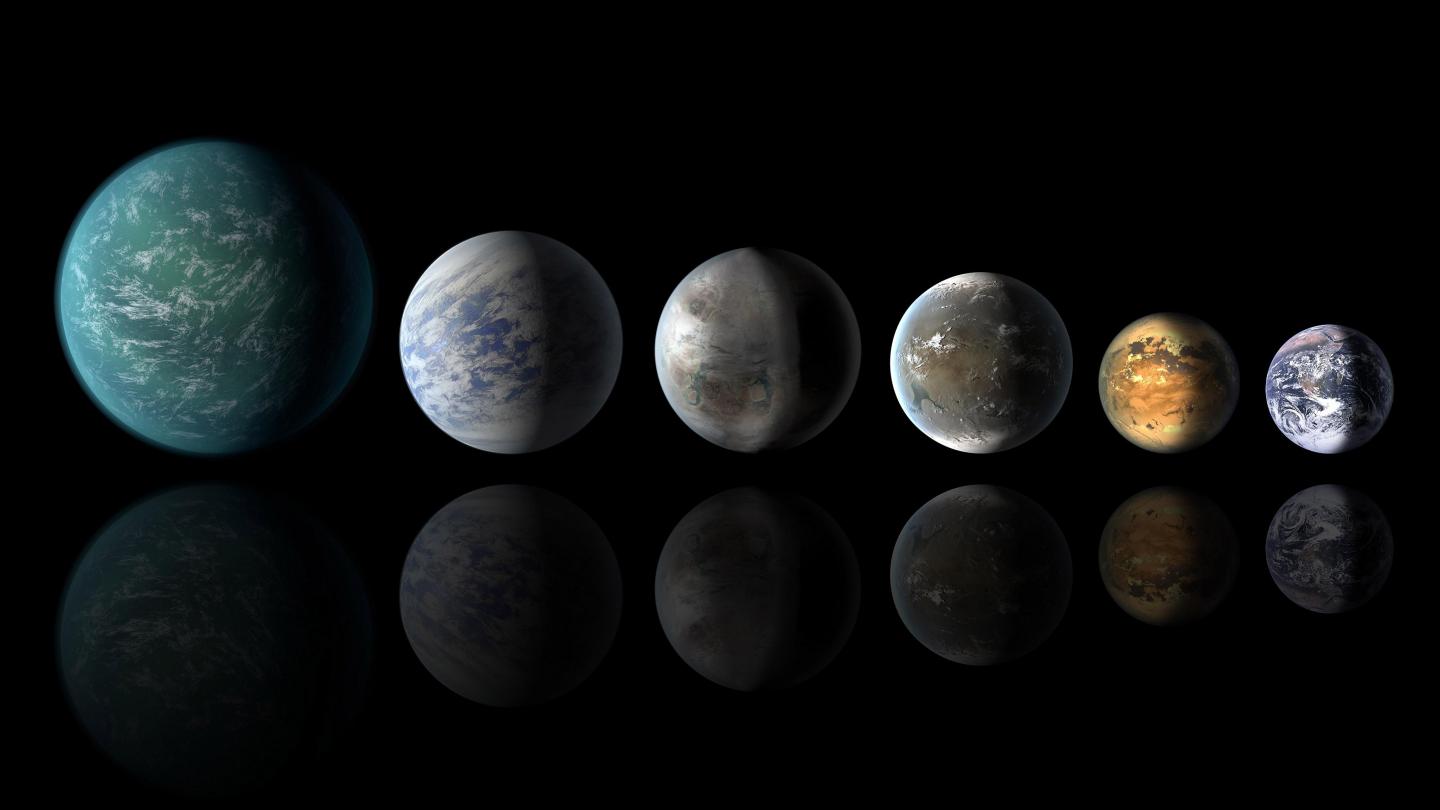
As of this article’s writing, NASA has indicated that 5,030 extrasolar planets have been confirmed in 3,772 systems, with another 8,974 candidates awaiting confirmation. With next-generation instruments like the James Webb Space Telescope (JWST) coming online, the number and diversity of confirmed exoplanets are expected to grow exponentially. In particular, astronomers anticipate that the number of known terrestrial planets and Super-Earths will drastically increase.
In the coming years, the opportunities for exoplanet studies will increase considerably as thousands more are discovered using various methods. In a recent study, a team led by the Chinese Academy of Sciences (CAS) described a new space-telescope concept known as the Closeby Habitable Exoplanet Survey (CHES). This proposed observatory will search for Earth-like planets in the habitable zones (HZs) of Sun-like stars within approximately 33 light-years (10 parsecs) using a method known as micro-arcsecond relative astrometry.
Continue reading “The Closeby Habitable Exoplanet Survey (CHES) Could Detect Exoplanets Within a few Dozen Light-Years of Earth Using Astrometry”China has a new Human Lunar Space Program, With Plans for Landers, Orbiters, Rovers, and a Lunar Base
The China National Space Agency (CNSA) has advanced considerably since the turn of the century, boasting new launch vehicles, robotic missions to the Moon and Mars, and a modular space station in orbit (Tiangong). According to various sources, they plan to advance even further in the coming years and decades. Given the tight-lipped nature of the Chinese government and its agencies, much of what we periodically hear is based on snippets of information, gossip, and speculation.
However, in a recent interview with the state-owned CCTV new network, chief designer Huang Zhen confirmed that China’s space agency has established the Crewed Lunar Program Office. This program will consist of additional robotic missions to explore the Moon, followed by crewed missions and the creation of a base camp. Zhen also confirmed that he and his team at the China Association for Science and Technology (CAST) are currently developing the key technologies that will make this happen.
Continue reading “China has a new Human Lunar Space Program, With Plans for Landers, Orbiters, Rovers, and a Lunar Base”Artemis 1 Probably won't Launch Until August
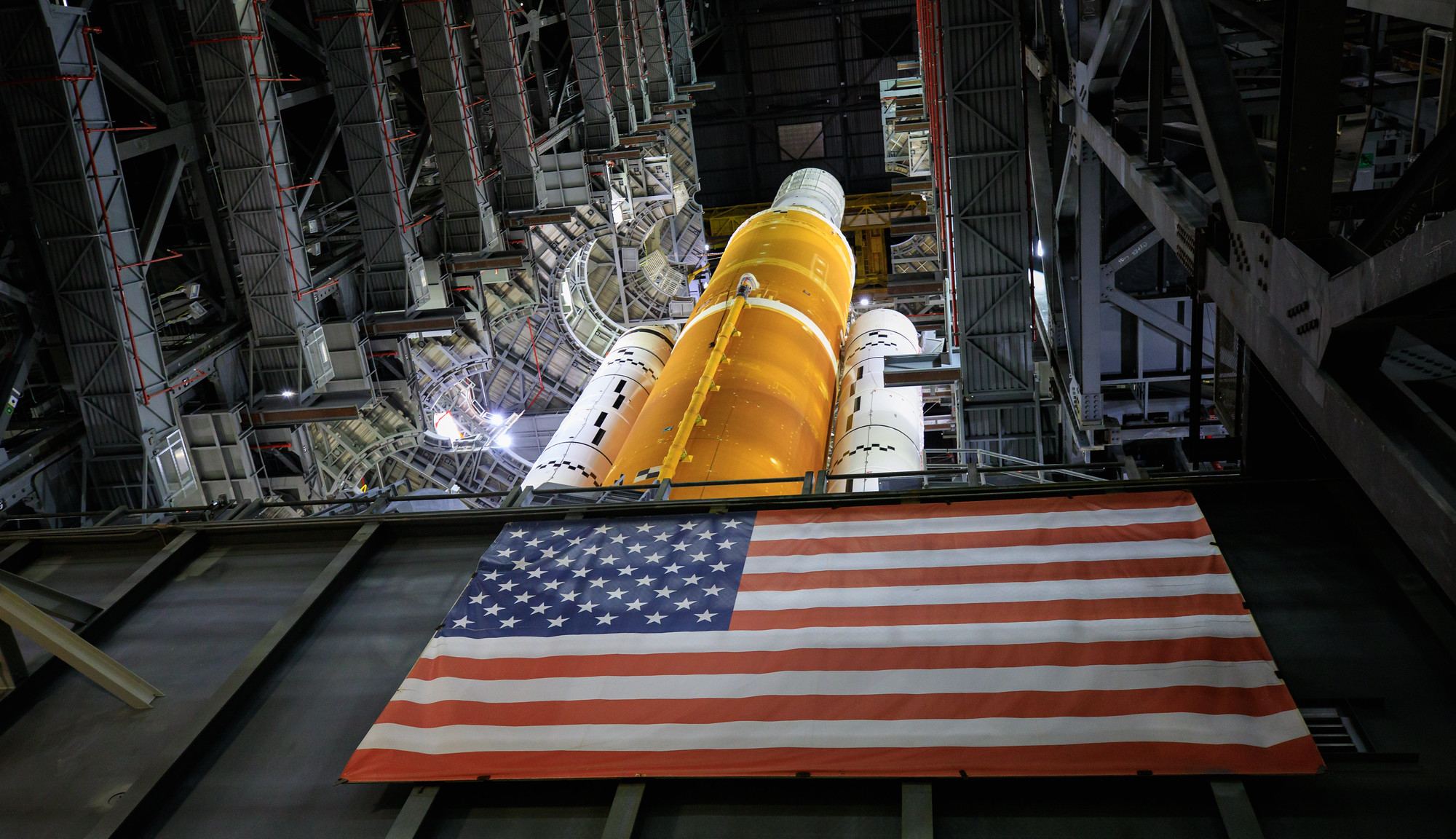
On March 17th, the Artemis I mission rolled out of the Vehicle Assembly Building (VLB) and was transferred to Launch Complex 39B at the NASA Kennedy Space Center in Florida. This was the first time that a fully-stacked Space Launch System (SLS) and Orion spacecraft were brought to the launchpad in preparation for a “wet dress rehearsal.” To mark the occasion, NASA released a video of the event that featured a new song by Pearl Jam’s Eddie Vedder (“Invincible”).
Unfortunately, technical issues forced ground controllers to scrub the dress rehearsal repeatedly and return the Artemis I to the VLB on April 26th. This was followed by reports that these issues were addressed and that Artemis I rocket would return to LC 39B by early- to mid-June. Meanwhile, an official NASA statement (issued on Thursday, May 8th) says that the official launch of the mission is not likely to take place until August at the earliest.
Continue reading “Artemis 1 Probably won't Launch Until August”Shallow Pockets of Water Under the ice on Europa Could Bring Life Close to its Surface
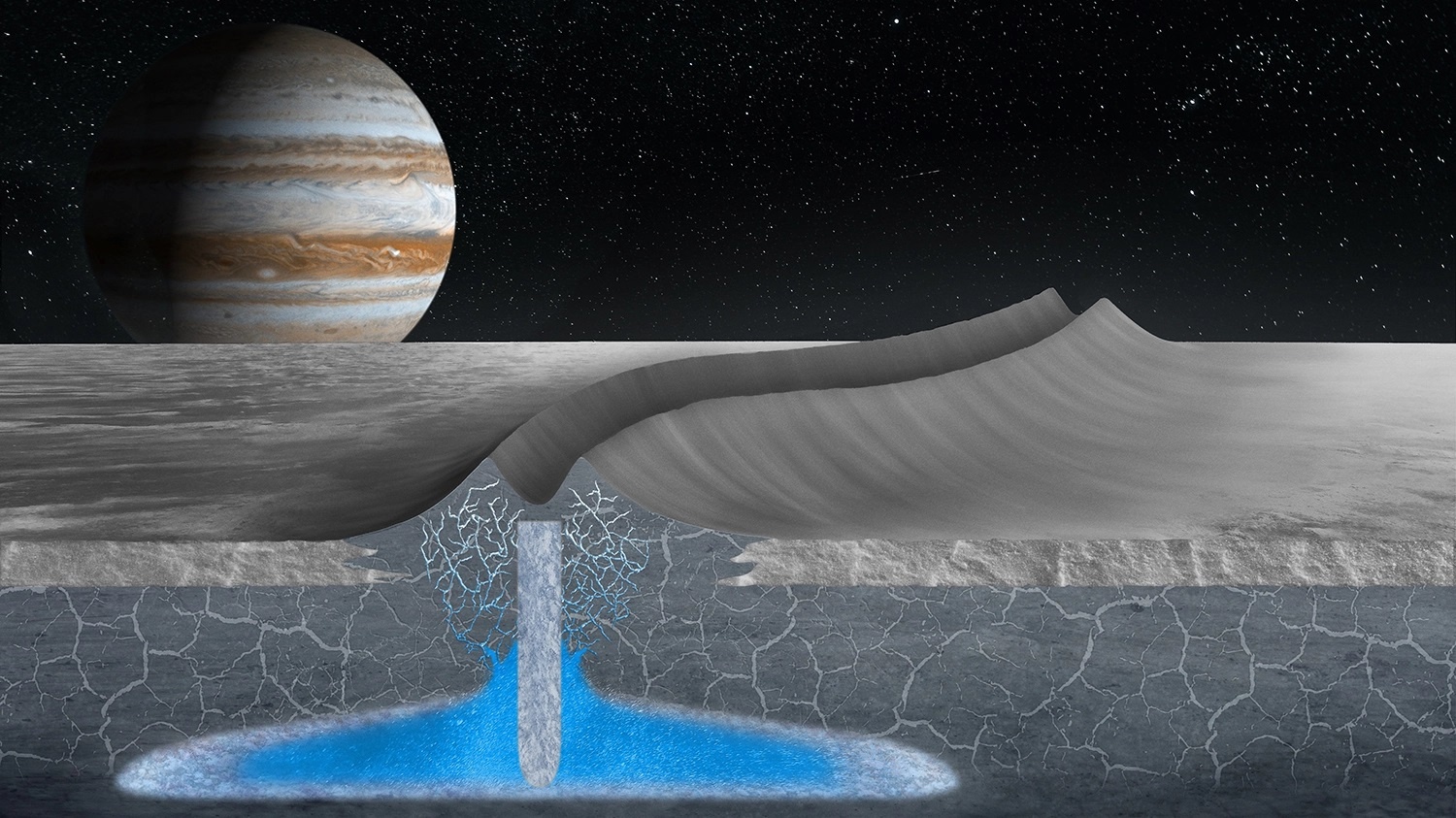
Beneath the surface of Jupiter’s icy moon Europa, there’s an ocean up to 100 km (62 mi) deep that has two to three times the volume of every ocean on Earth combined. Even more exciting is how this ocean is subject to hydrothermal activity, which means it may have all the necessary ingredients for life. Because of this, Europa is considered one of the most likely places for extraterrestrial life (beyond Mars). Hence, mission planners and astrobiologists are eager to send a mission there to study it closer.
Unfortunately, Europa’s icy surface makes the possibility of sampling this ocean rather difficult. According to the two predominant models for Europa’s structure, the ice sheet could be a few hundred meters to several dozen kilometers thick. Luckily, new research by a team from Stanford University has shown that Europa’s icy shell may have an abundance of water pockets inside, as indicated by features on the surface that look remarkably like icy ridges here on Earth.
Continue reading “Shallow Pockets of Water Under the ice on Europa Could Bring Life Close to its Surface”Chinese Astronomers Recorded Earliest Account of Aurora
How dating an ancient text revealed one of the oldest observations of aurora known.
It’s one of the greatest sky spectacles you can witness. Along with a total solar eclipse and a major meteor storm, I’d put a fine aurora display up there as one of the the most amazing things you can see in the night sky. And we’re not talking about the dull green glow that folks in the ‘lower 48’ see to the north and dismiss, but the glorious silent streamers of auroral curtains that can light up the entire sky.
Now, a recent study, entitled A Candidate Auroral Report in the Bamboo Annals Indicating a Possible Extreme Space Weather Event in the 10th Century BCE may have pinpointed one of the earliest accounts on ancient aurorae. In the study, University of Pennsylvania and Nagoya University researchers culled through the legendary chronicle known as the Bamboo Annals (also sometimes referred to as Zhushu Jinian) penned around the 4th century BCE. Chinese texts are some of the best documented sources of sky phenomena stretching back over the millennia, to include accounts of naked eye sunspots, supernovae and meteor outbursts.
Continue reading “Chinese Astronomers Recorded Earliest Account of Aurora”

